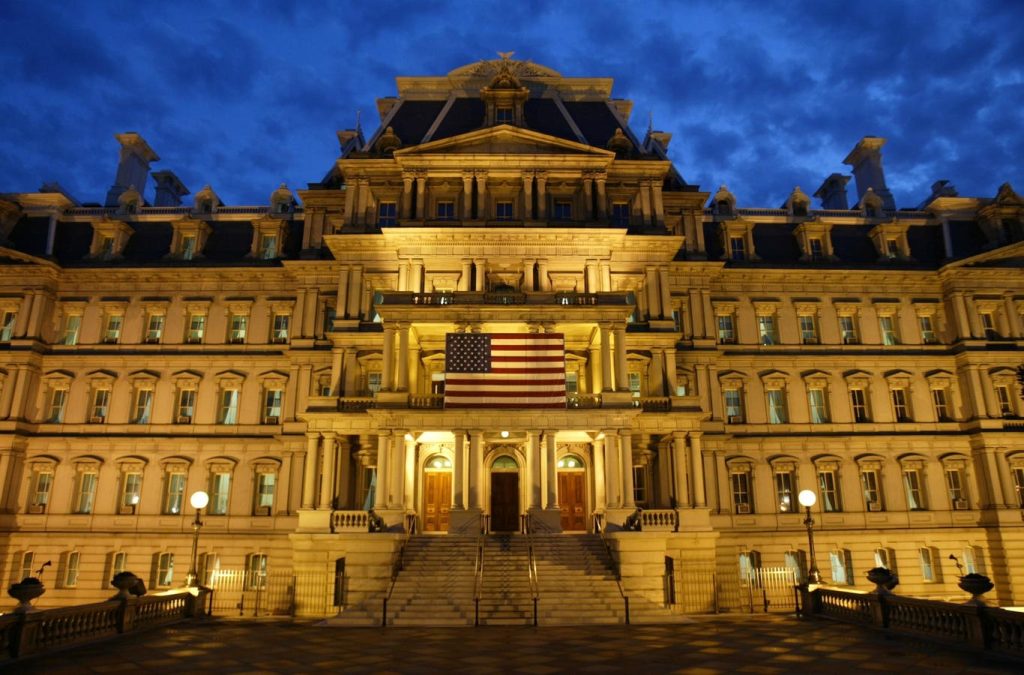The incoming administration faces a daunting fiscal landscape characterized by escalating national debt, rising interest payments, and a budget process struggling to adapt to changing expenditure dynamics. The traditional levers for deficit reduction have become increasingly ineffective in the face of mandatory spending growth for programs like Social Security and Medicare, which now constitute a larger portion of the budget than discretionary spending. This necessitates a fundamental rethinking of the budget process, moving beyond short-term fixes towards a sustainable long-term strategy. The immediate priorities for lawmakers include funding the current fiscal year, raising the debt ceiling to avoid default, and addressing expiring tax cuts, all of which demand urgent attention. However, these pressing concerns should not overshadow the critical need for systemic reform to address the root causes of the nation’s fiscal imbalance.
The emerging budgetary approach under the new administration appears to be a complex interplay of various factors. Campaign promises suggest a strong inclination towards tax cuts, echoing the 2017 tax reductions. Simultaneously, there’s a stated commitment to substantial spending cuts, though the specifics remain unclear. The involvement of external advisors like Elon Musk and Vivek Ramaswamy points towards a focus on streamlining government operations and reducing inefficiencies through executive action, bypassing the traditional legislative process. This preference for executive action raises concerns about potential conflicts with Congressional authority over budgetary matters, particularly regarding the concept of impoundment – the presidential withholding of Congressionally appropriated funds. While constitutionally questionable and legally restricted, the idea of impoundment resonates with the administration’s desire for greater executive control over spending.
The specter of Project 2025, a comprehensive plan for government restructuring, further complicates the budgetary outlook. Despite the president distancing himself from the document during the campaign, the appointment of one of its architects to a key budgetary position suggests its potential influence on policy. This plan proposes significant changes, including centralizing executive power, reducing the independence of certain agencies, and potentially eliminating numerous civil service positions. These measures, while potentially generating cost savings, are highly controversial and would likely face significant Congressional opposition. The potential clash between executive overreach and Congressional prerogatives will be a defining characteristic of the upcoming budget battles.
Another budgetary concept being considered is Zero-Based Budgeting (ZBB). This approach, which requires justifying every expenditure from scratch at the start of each budget cycle, is presented as a way to eliminate wasteful spending and prioritize essential programs. However, implementing ZBB across the vast federal government would be a complex and time-consuming undertaking, potentially hindering efforts to achieve immediate budget reductions. Furthermore, whether ZBB would truly lead to more effective spending decisions remains debatable, as its rigorous demands could overwhelm agencies and potentially lead to cuts in vital programs due to inadequate justification rather than genuine inefficiency.
Examining the previous administration’s fiscal record provides limited insight into future budgetary decisions. While the previous term saw substantial deficits, many of these were driven by external factors such as the COVID-19 pandemic and demographic shifts affecting entitlement programs. Although cost-saving measures were proposed, they often lacked specificity and relied heavily on politically challenging proposals like repealing the Affordable Care Act and undefined cuts to discretionary spending. This history underscores the difficulty of predicting the effectiveness of future budgetary initiatives, given the complex interplay of political realities, unforeseen events, and the inherent challenges of controlling mandatory spending growth.
Overall, the incoming administration faces a significant challenge in reconciling its ambitious goals of tax cuts and spending reductions with the realities of a complex budget process and a divided political landscape. The preference for executive action, while potentially expediting certain changes, risks escalating tensions with Congress and raises constitutional concerns. The potential resurrection of Project 2025 introduces a layer of uncertainty and controversy, potentially diverting attention from the fundamental issues plaguing the budget process. The interplay of these factors, combined with the inherent difficulties of controlling mandatory spending and addressing long-term fiscal challenges, suggests a turbulent road ahead for budgetary policy. The success of the administration’s fiscal agenda will hinge on its ability to navigate these complexities and build consensus on a sustainable path towards fiscal responsibility.

